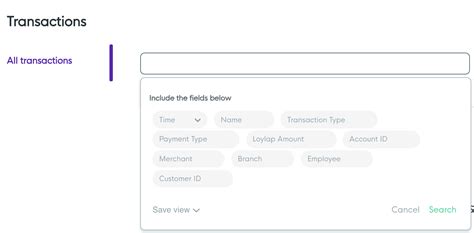Understanding Fees for Transaction in Blockchain Networks: Cryptoma Guide
Cryptocurrencies are digital or virtual currencies that use cryptography for safe financial transactions. The best known cryptomes are Bitcoin (BTC) and Ethereum (ETH). However, as the number of translations to blockchain increases, there are also considerable transaction fees. In this article, how they work and what factors affect their costs.
What is a transaction fee?
Transaction Mathematical problems during the validation process of each block. Miners use a powerful computers to solve these problems that require significant computational power and energy.
Types of Transaction Fees
There are two main Types of Transaction Fees:
1.
- Transaction fee
:
How Do Transaction Charges Work
Here is an example to illustrate how transaction fees work:
1.
2.
3.
- This fee is deducted from the Sender’s Wallet.
- This fee may be higher than the block remuneration and depends on various factors.
Factors Affecting Transaction Charges

Several Factors:
1.
- Transaction volume : Higher transaction volumes lead to lower
- Network overload : High levels of Network overload can increase the difficulty target, leading to higher fees.
- Miner Power : Computal Energy and Power Consumption of Hardware Energy also affects the reward and transaction fee.
Impact on Adoption of Cryptocurrency
Transaction Fees have a significant impact on the adoption of cryptocurrencies:
1.
- Increased Adoption : Low transaction fees encourage users to participate, lead
Conclusion
Understanding Transaction Fees is decisive for anyone who is interested in understanding how the cryptocurrency works. Block remuneration and transaction fee are two key factors that affect their costs. By grassing these terms, you can make informed decisions when investing in cryptocurrency or participation in blockchain networks.
Deixe um comentário